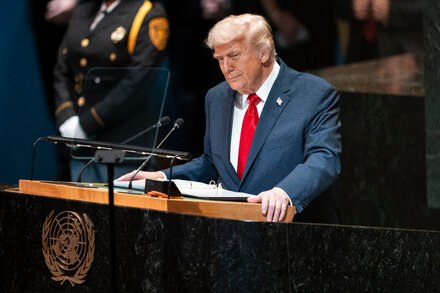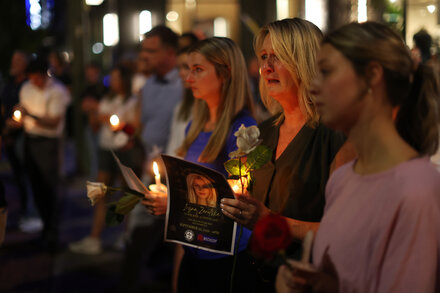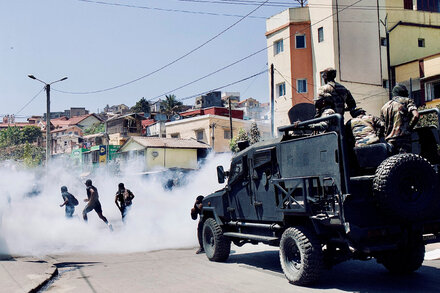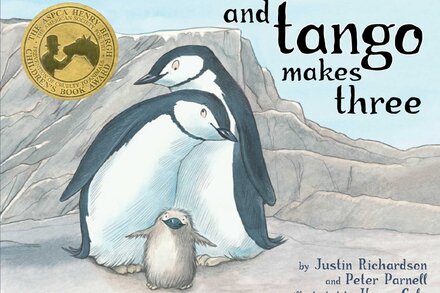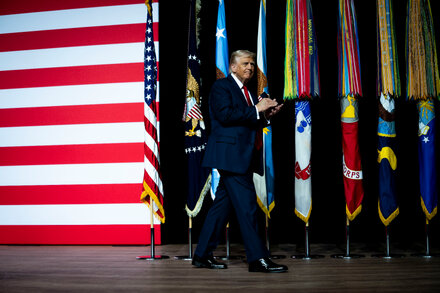NEW YORK, NY – An audacious theatrical experiment premiered this week at the Baryshnikov Arts Center, as director Elara Vance’s “Figaro on Fire” bravely transplants Wolfgang Amadeus Mozart’s classic opera, ‘The Marriage of Figaro,’ to the charged, hedonistic, and ultimately poignant landscape of Fire Island during the height of the AIDS crisis, a setting deeply evocative of activist Larry Kramer’s unflinching narratives.
The premise is undeniably bold: to overlay the intricate social satire and romantic machinations of Mozart’s 18th-century Seville onto the distinctly modern, yet historically significant, queer enclave. Vance’s production largely succeeds, creating a richly textured and often heartbreaking dialogue between two disparate worlds that, surprisingly, share profound thematic commonalities regarding desire, power, loyalty, and the pursuit of freedom against oppressive structures.
A Transformed Almaviva Estate
In this reimagining, the Almaviva estate is no grand Spanish manor but a sprawling, sun-drenched Pines share house, overseen by a charismatic yet predatory Count Almaviva, a prominent figure in the island’s social hierarchy. His pursuit of Susanna, Figaro’s quick-witted fiancée, takes on new dimensions within a community grappling with shifting sexual politics and the looming shadow of an epidemic. Figaro becomes the house manager, a resourceful and beloved fixture, while Susanna is a sharp-tongued local, navigating the complex social strata with pragmatism and wit.
The opera’s core themes of class disparity and patriarchal entitlement find potent resonance. The Count’s feudal ‘droit du seigneur’ transforms into a more insidious form of privilege and sexual expectation within an insular community. Similarly, the melancholic Countess Almaviva is reenvisioned as a once-vibrant community matriarch, now isolated and pensive amidst the island’s relentless revelry, her arias imbued with a new, profound sense of loss and unspoken grief.
Staging and Musicality
Musically, the production honors Mozart’s original score, performed by a chamber ensemble that captures the opera’s exquisite balance of lightness and pathos. The familiar melodies take on an almost uncanny poignancy against the backdrop of Fire Island’s iconic boardwalks, beaches, and bustling nightlife, cleverly rendered through evocative projections and a minimalist set design that shifts effortlessly between intimate bedrooms and vibrant communal spaces. Costumes are a vivid tapestry of late-20th-century resort wear, from designer swimwear to elegant evening attire, providing a visual feast that grounds the classical music in its modern context.
The direction shines in its ability to fuse the operatic traditions with the naturalistic rhythms of a Fire Island summer. Scenes that might typically be played for farce are tinged with an underlying tension, particularly as the community’s carefree exterior slowly cracks to reveal vulnerability and fear. Cherubino, traditionally a lovesick page, becomes a captivating young newcomer, embodying youthful abandon and unbridled desire, whose fate feels particularly precarious in this specific temporal setting.
Thematic Depth and Enduring Impact
What emerges is a powerful commentary on community, identity, and resilience. Vance’s “Figaro on Fire” is not merely an aesthetic juxtaposition; it’s a daring exploration of how universal human struggles manifest across time and culture. It forces the audience to confront the casual cruelties of power, the complexities of love and betrayal, and the profound importance of chosen family, all through the lens of a period that redefined an entire generation.
While some purists might find the recontextualization jarring, the production largely justifies its choices, leveraging the emotional depth of Mozart’s music to amplify the urgent, often tragic, narratives associated with Larry Kramer’s confrontational spirit. It is a production that lingers long after the final notes fade, prompting reflection on how echoes of past struggles continue to shape our present and future.
Source: Read the original article here.
